What is Swim Hiking?
Swim hiking, also known as swim tracking, swim walking or cross-country swimming, is basically a combination of hiking and swimming from point A to point B. The start and finish points may be a linear route or they may start and end up at the same place. The common denominator though is that you take in a number of hikes combined with a number of swims.
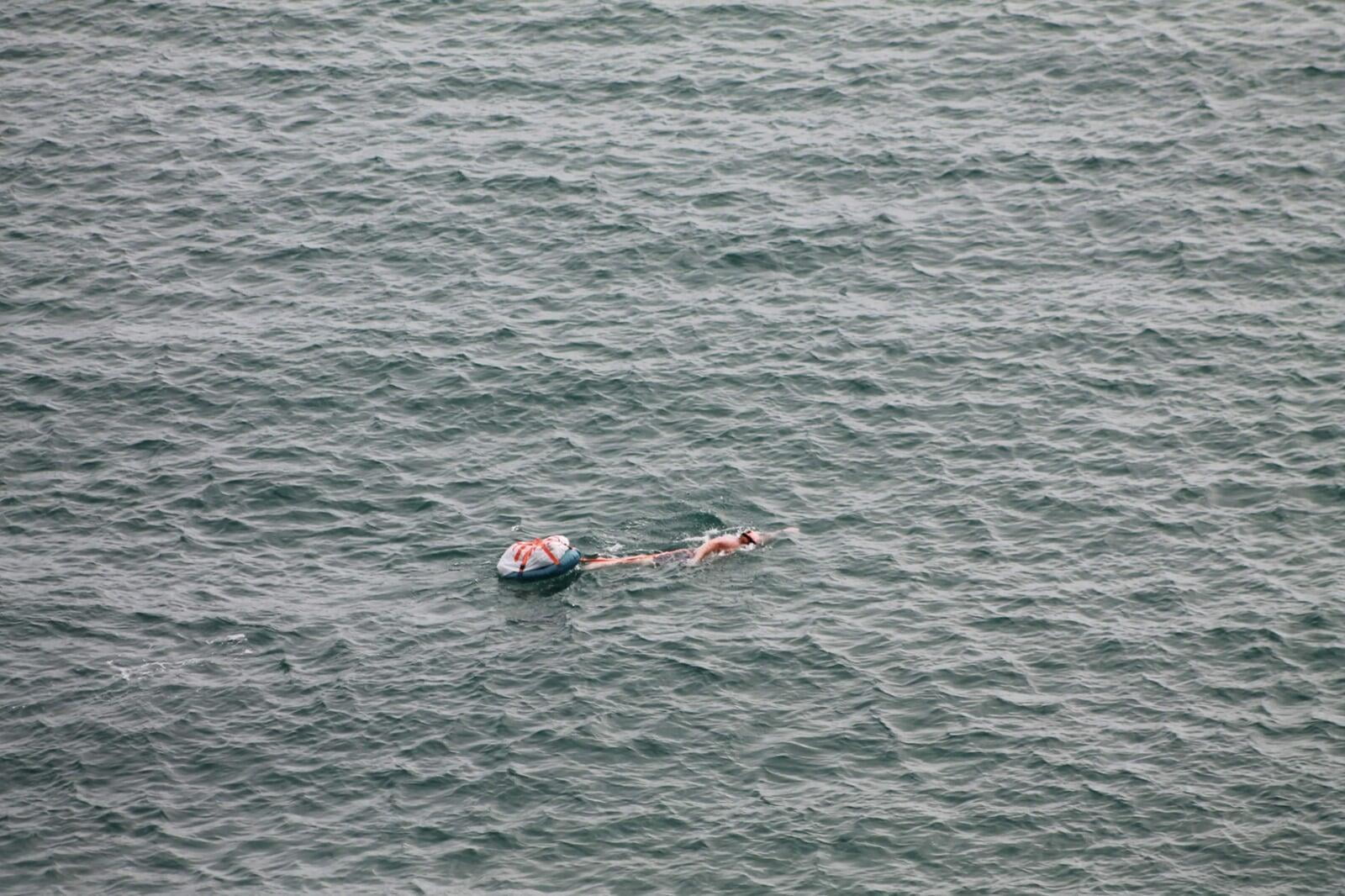
How Far?
The distance of a typical swim hike can be anywhere between a few kilometres to 30 plus kilometers depending on the ability of the participants and of course the time it takes although it is possible to do multi-day swim hikes and throw in a fun camping session into the adventure.
You may be wondering what kit you need and how do you swim in hiking gear.
On the shorter swim hikes indeed you do not need to take that much and can walk and swim in the same equipment typically a swim run suit is perfect for this but you can also even use a well-fitting wet suit with some over shorts to prevent the neoprene from rubbing. Old trainers can be used to swim in much like swim running.
However on the longer excursions it does make sense to change in and out of your hiking and swimming gear and for this reason too you should choose the kit to be as efficient as possible
The Kit
The following is a guide and you should learn what works best for you and also understand the kit you will need is directly affected by the route and type of swim hike terrain you will be covering, the type of swims and water conditions, weather and so on, but the below items will be useful:
- Loose fitting trousers and tops so you can get them on and off easily.
- Lightweight hiking boots or shoes or sturdy trainers.
- An old wetsuit or one that you don't mind getting a bit beaten up, swimrun suits are perfect as they are often nylon lined on the outside for added toughness.
- A small backpack typically 20 to 30 litre capacity.
- A small first aid kit.
- Gels, chocolate bars or snacks.
- A compact gas stove if you are planning longer distances or camping.
- A bivvie or tarp type shelter and lightweight sleeping bag if you are going to camp.
- A pen knife or multi tool.
- A flotation system that will allow you to tow all of the above in the water such as a RuckRaft or even a homemade equivalent which is not difficult to set up. We have even done swim hikes with rubberized kit bags that simply float behind you, however they are not as streamlined beware of tiring yourself out!
Tip:
Aim to keep all of your equipment on the hike to less than 20 kilograms. A RuckRaft is perfectly capable of supporting up to 25 kilograms in choppy water.
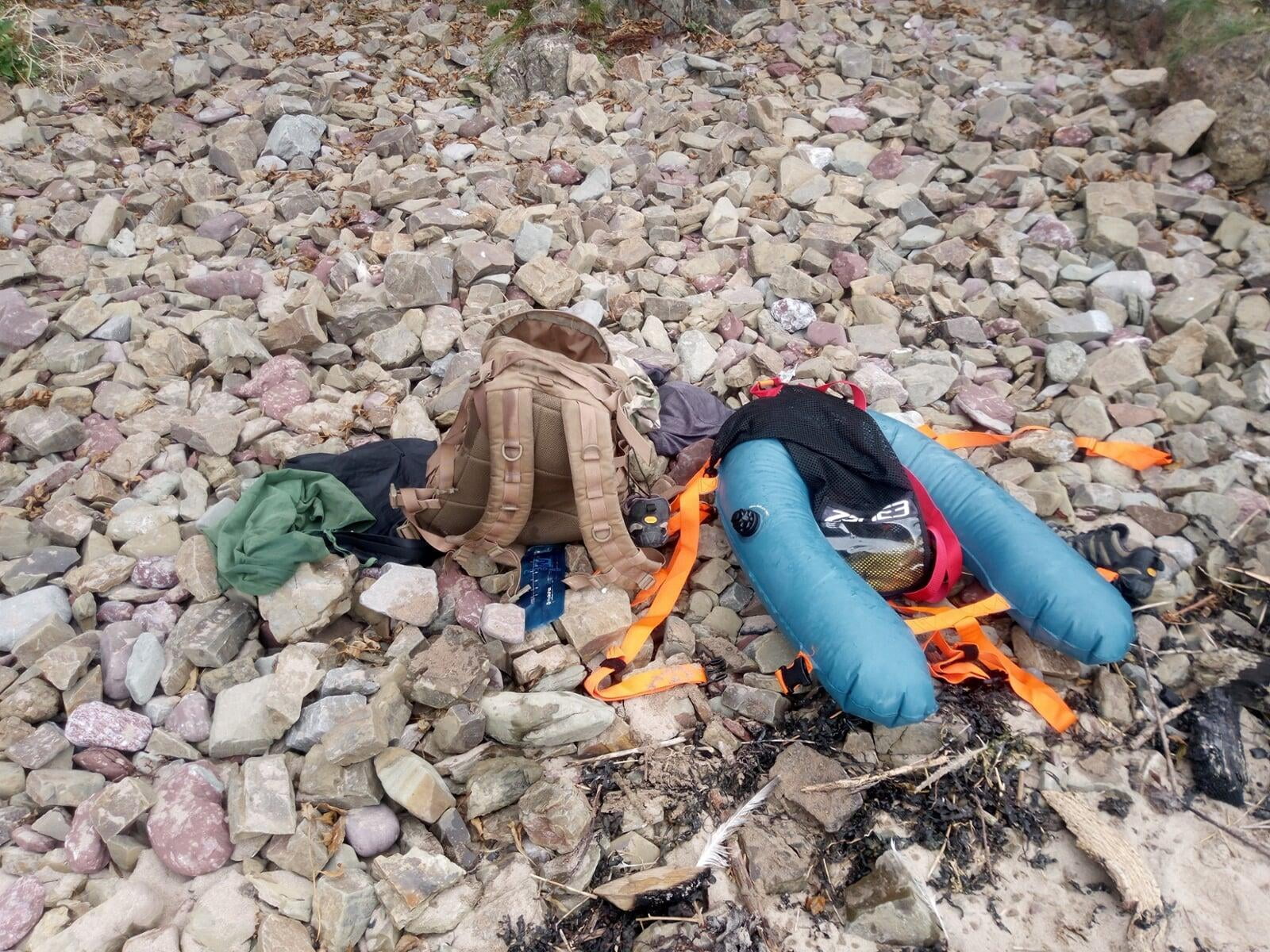
The Route
Make sure you plan your routine advance and do a risk assessment if possible for the type of terrain you plan to cover as it will affect the type of kit you will need to take.
Don't exceed your capability or that of the group. Injuries can occur as people get tired and if everyone is exhausted then mistakes can be made so it's better to keep the distances fairly short to start and enjoy the experience.
Plan a few 'pit stops' like cafes or pubs or ice cream vans along the way! It does boost morale and energy levels if you can stop for a scone or ice cream along the way and finish up with a pint.
Cook food on the beach. It's usually ok to have a fire on a sparsely populated beach if you are sensible. And there is usually a lot of driftwood to burn and therefore no need to carry. Cook up some dried noodles or something dehydrated that does not take up any weight or space in your backpack. A hot meal will go a long way to keeping your energy levels up and then you can move on.
Multi Day
It is possible to combine a long swim hike with an overnight camp.
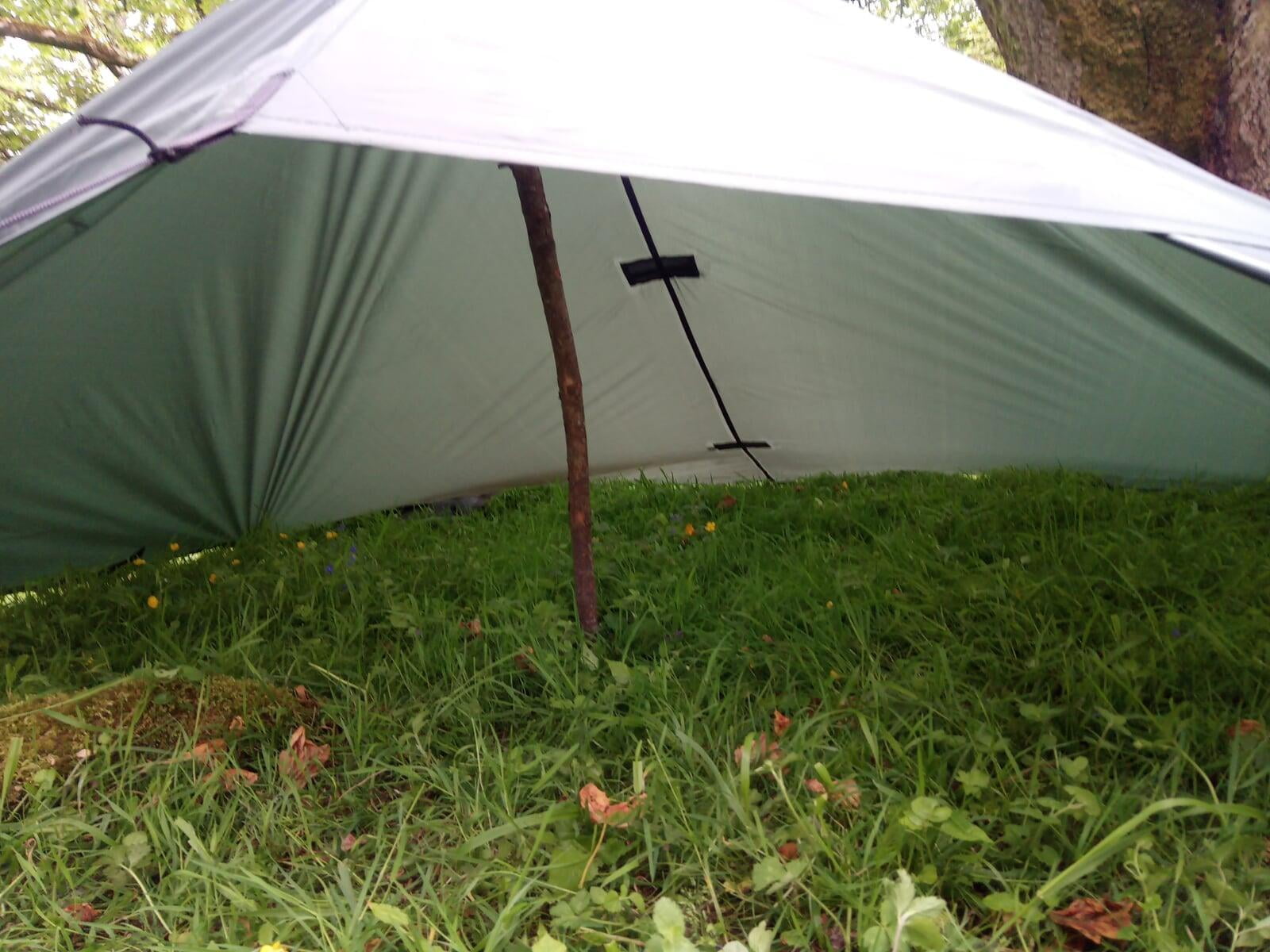
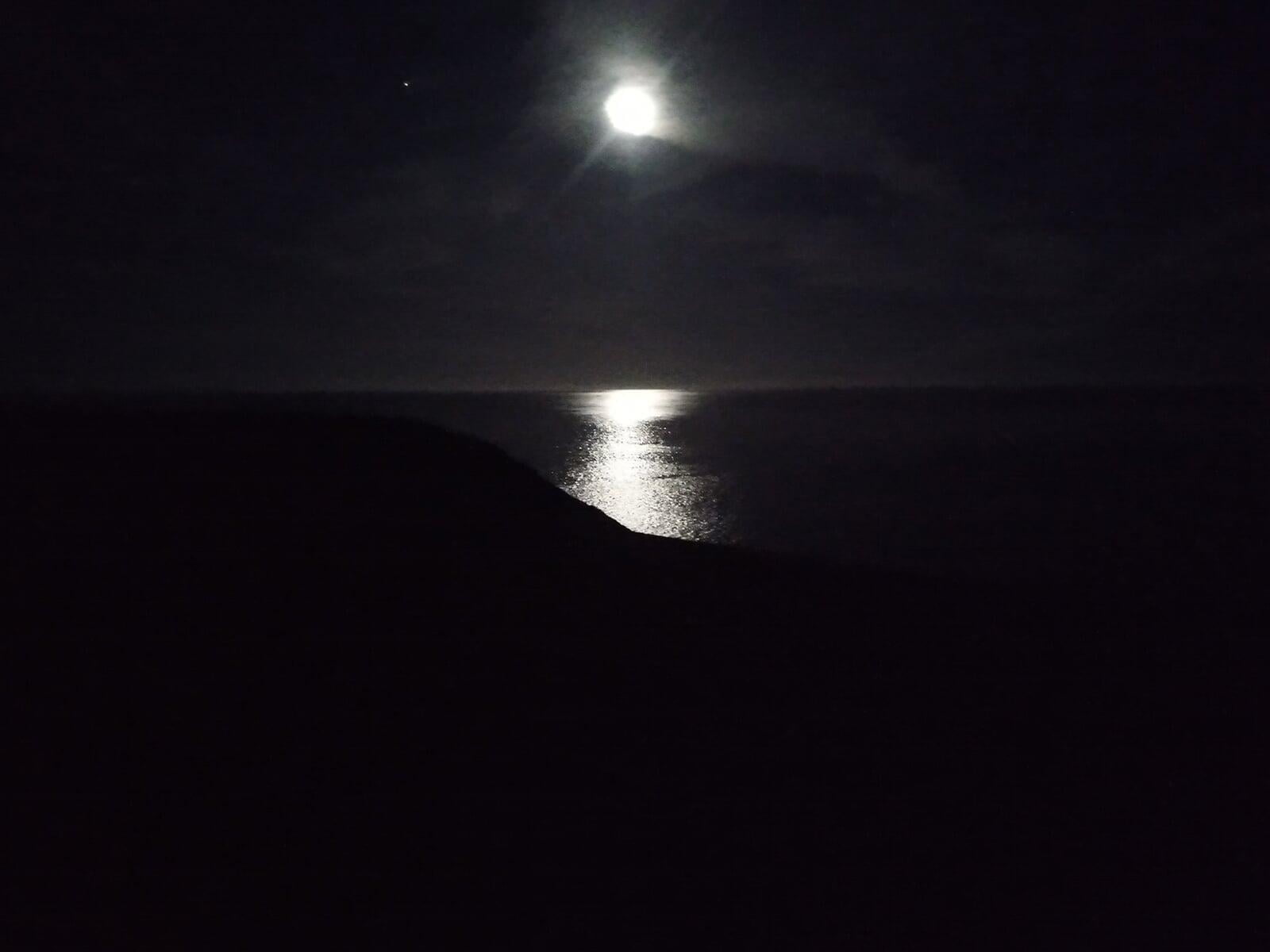
Alternatively, you can plan your route to stop at a campsite along the way.
Usually coastal campsites are as close to the sea/beaches/cliff tops as possible, so make an easy stopover.
Keep fires to a minimum to minimize your impact. Take a small wood stove which is safer and can double up as a cooker.
Always take your rubbish with you and for this purpose take a plastic bag of some kind to put everything in which you can then bundle into your rucksack. Drop off your rubbish as frequently as possible along the way, many beaches will have bins.
Share kit as much as possible with your swim hike buddies, for example you do not need one stove each, it will help to keep the weight down for all of you.
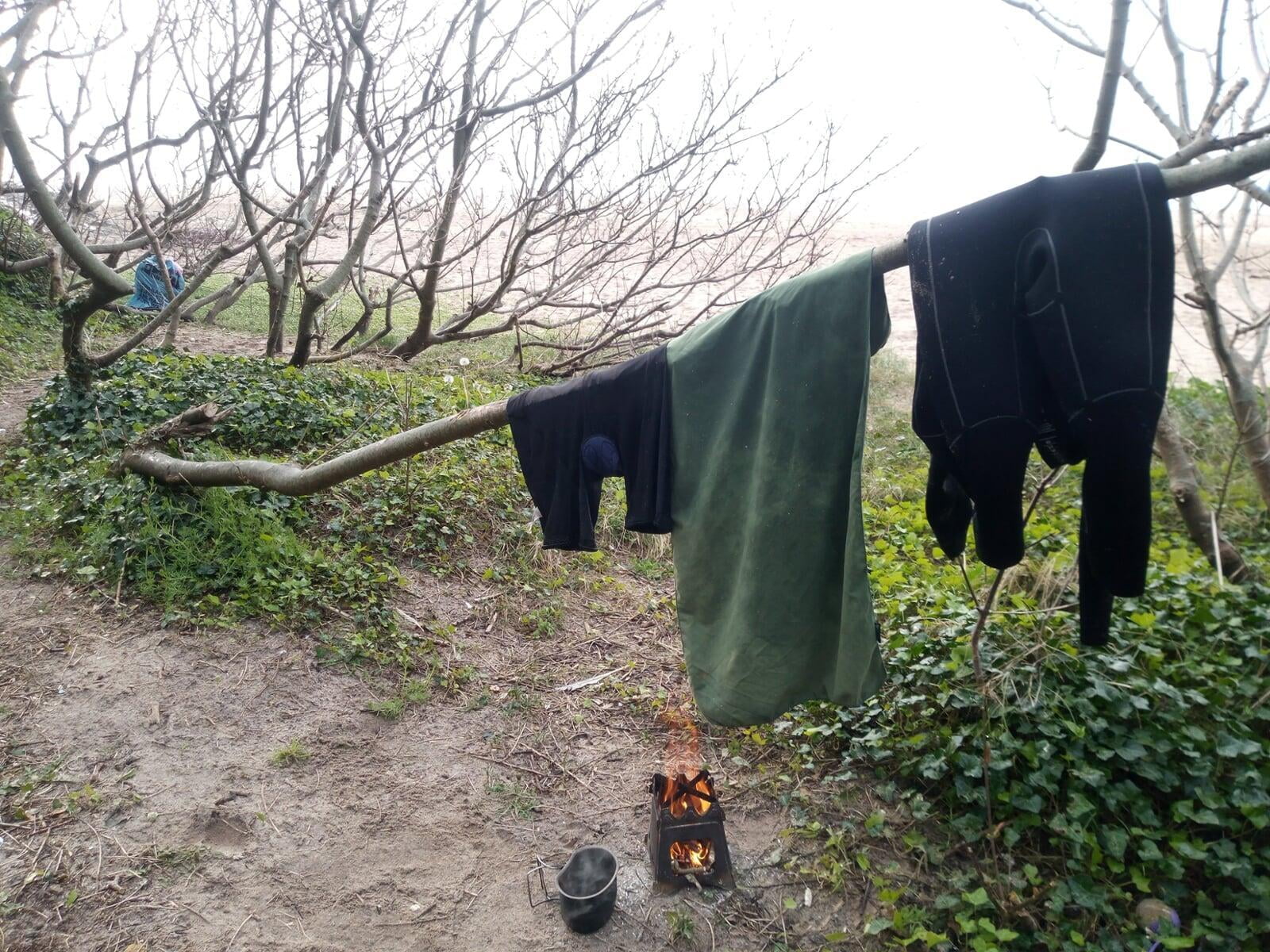
Try Foraging for Spring/Summer Food!
Foraging is a great way to connect with nature and learn about the local plants and wildldlife; it's good fun, great for kids to learn about plant life and you never know, it may save your life one day!
Tip:
If you are new to foraging take a small foraging book with pictures to make sure you're foraging for the right stuff.
Usually in Spring time you can forage for dandelions for salads, wild garlic and nettles for a tasty addition to an instant soup or dehydrated meal; as well as pine needles for tea.
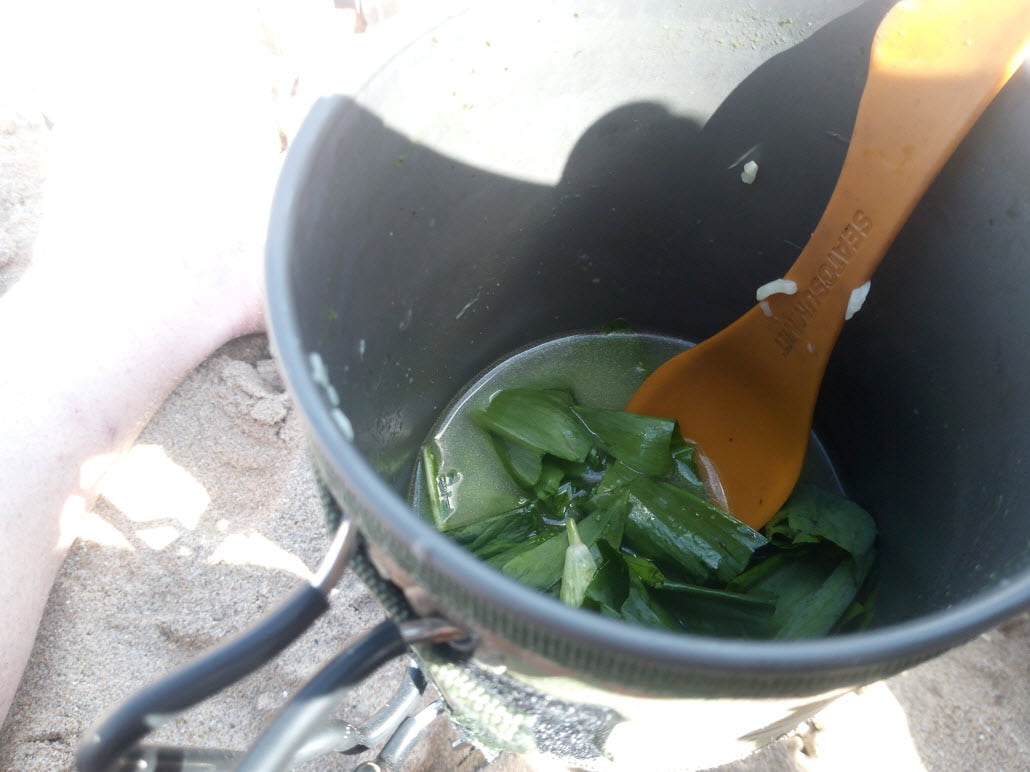
If you want to take it one step further and really go 'Robinson Crusoe' you can even fish for mackerel or sea bass or take a traditional spear with you and catch a spider crab, which are in season in May/June.
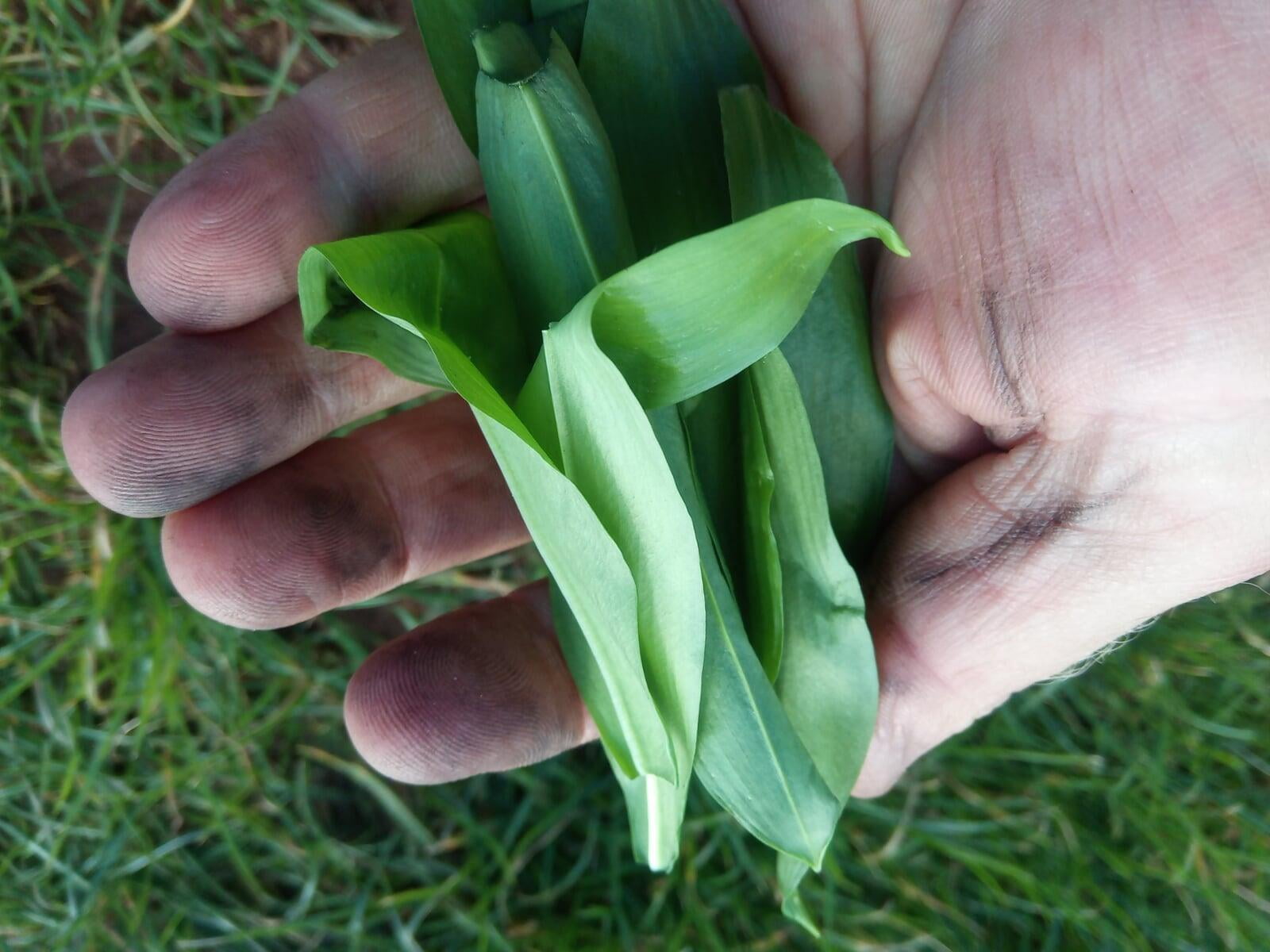
Take in a Variety of Natural Landscapes
In Pembrokeshire we are lucky enough to have a variety of landscapes close to the coast such as beautiful, wide open moorland, freshwater ponds, sand dunes, pockets of ancient forest, all within hiking distance of the amazing seascapes you normally associate with this part of the world. Try to take in as much varied scenery as possible to make the experience even more amazing.
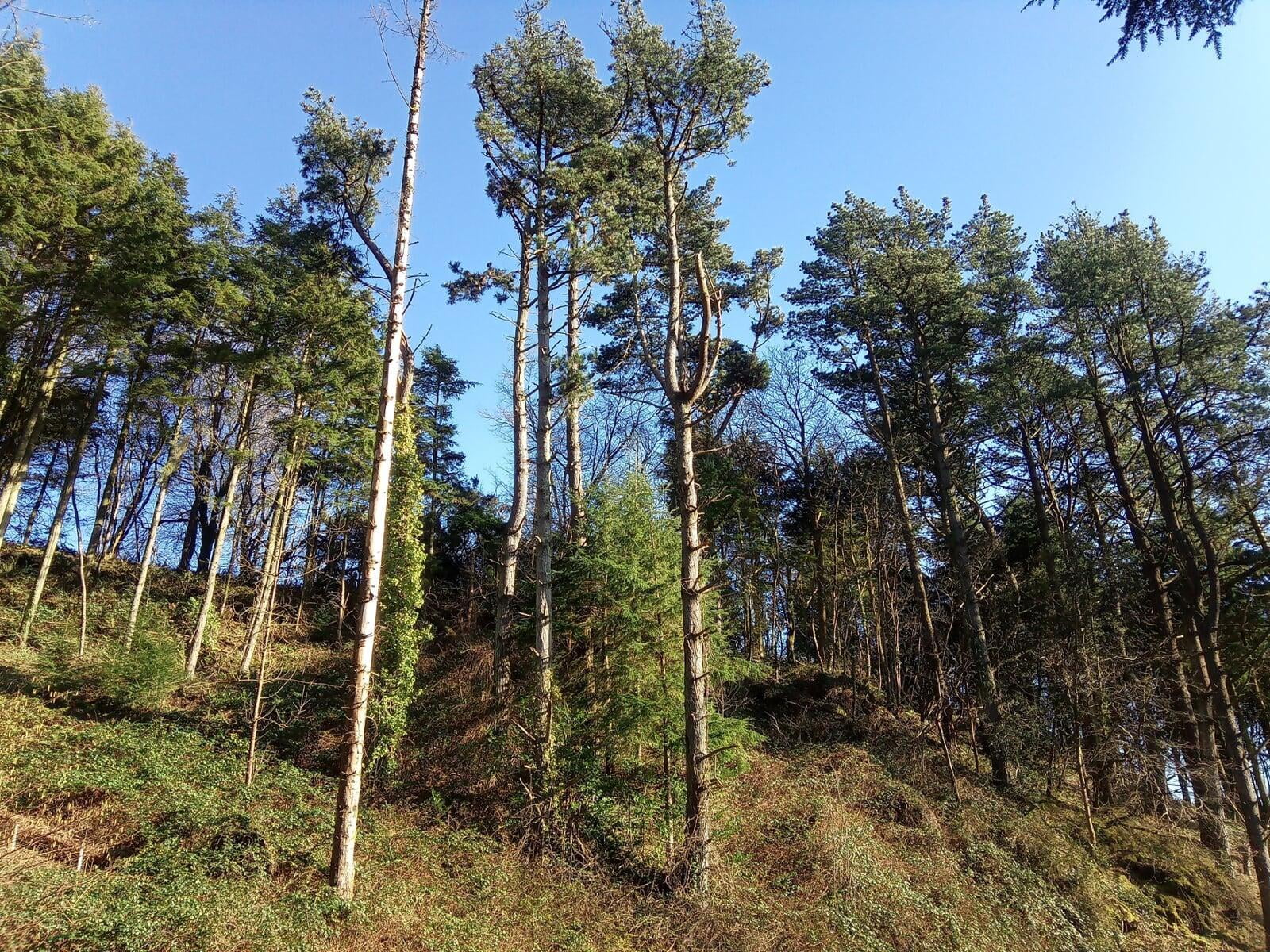
Swim hiking is a lot of fun and very beneficial to one's mental health and fitness. Being out in nature is one of the key benefits of it as you are completely exposed from start to finish and getting in and out of the ocean is a thoroughly exhilarating experience.
It's also physically challenging and offers a really good workout even if you are a seasoned athlete. Take it slow because it's not a race and you can minimize risk of injury but at the same time build up to more and more challenging routes.
Enjoy!
